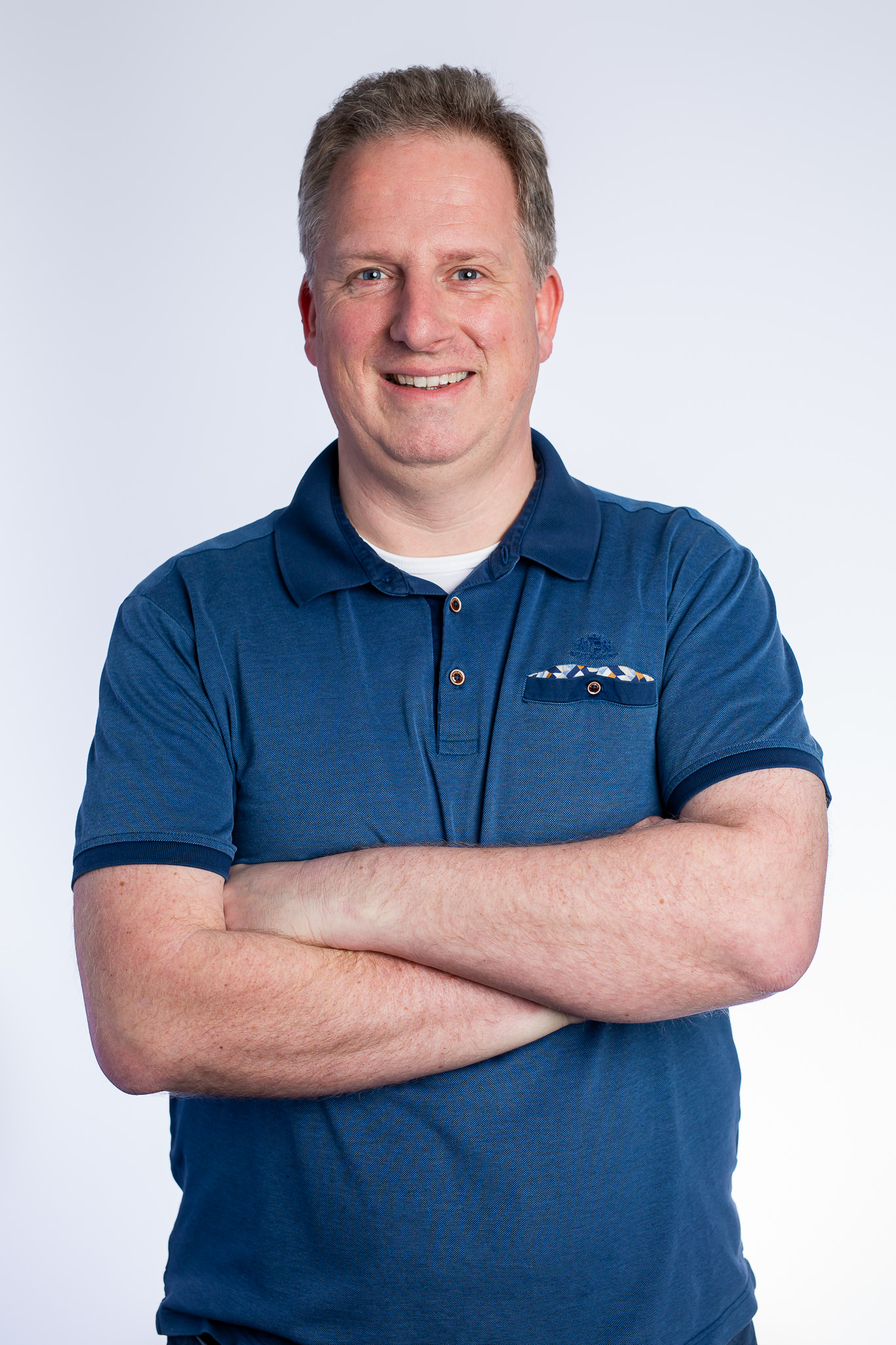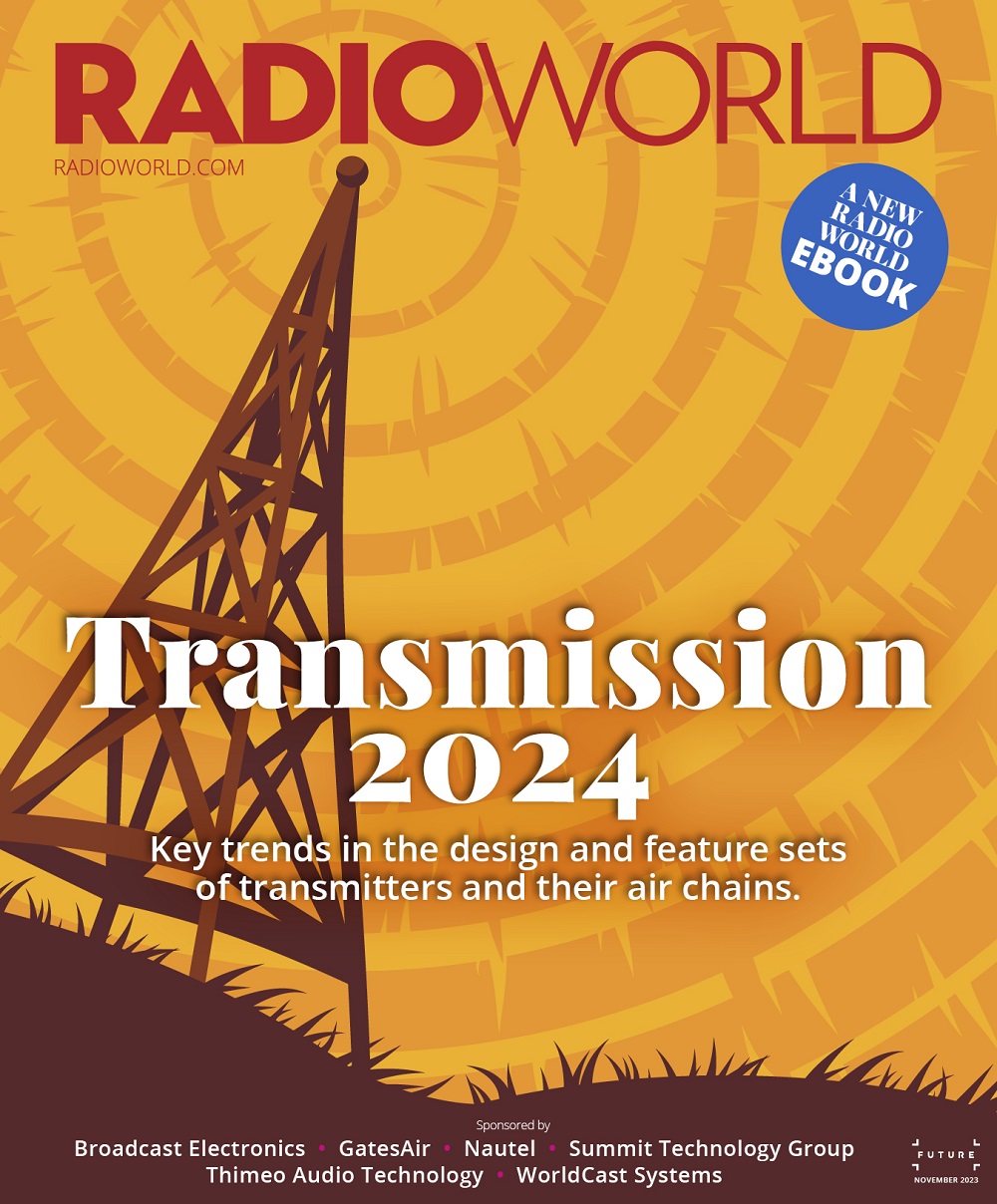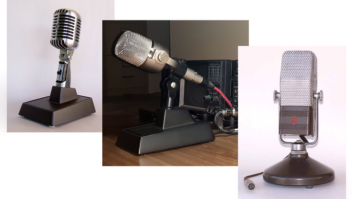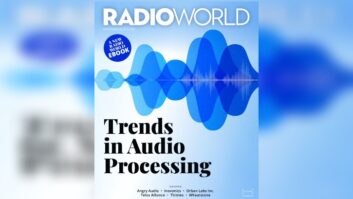Hans van Zutphen is founder and owner of Thimeo Audio Technology. He also worked at ASML, which builds machines for the chip industry, and Philips Healthcare, working on, among other things, image processing for X-ray systems.
This is excerpted from the Radio World ebook “Transmission 2024.”

Radio World: Describe the role of your products in a radio air chain.
Hans van Zutphen: Our main focus is audio. We make products that improve your sound on FM and other media. For that, we have our audio processors Stereo Tool; ST-Enterprise, which is aimed at larger broadcasters, allowing you to process up to 50 stations on a single computer and adds things like watermarking; and our hardware FM processor, STXtreme.
Relevant to this ebook, we created the MicroMPX codec, which sends the full composite MPX signal to transmitter sites without using massive amounts of bandwidth.
RW: What do you consider the most important trend in audio processing for radio?
Van Zutphen: There’s clearly a move from hardware-to software-based processing. When we started with software-based FM processing in 2007, it was a niche market, and many people were afraid to run their processing in software. It definitely isn’t niche anymore. Also, the processing now is far more often located in the studio or even in the cloud — albeit often a cloud of the station itself, not the public cloud — instead of at transmitter sites. MicroMPX has played a large role in that.
Also, though this varies very much per region, there’s a move towards less aggressive processing, which I think is an absolute necessity if FM stations want to compete with all the other audio sources that are available in cars today.
Especially in markets that use 75 μs pre-emphasis, FM tends to sound very dull when compared to other sources. The mid-highs are typically still there, but the highs above, say, 10 kHz, are typically very weak. If people switch from a stream to FM and the high end just disappears, they will probably go back to the stream. Reducing the loudness gives you more room to transmit highs. Using composite clipping does that as well — it allows for up to 5 dBs of extra highs around 15 kHz compared to traditional clipping.

The challenge now is to create an interesting and powerful sound, but without sounding “bad” when people can quickly switch between sources.
If your compressor is at the studio and your transmitters are elsewhere, this is where MicroMPX comes in. Enabling the use of a composite clipper while the processor is in the studio was the main reason for us to develop it.
RW: How widely has microMPX been adopted?
Van Zutphen: It’s really picking up steam! We are seeing thousands of transmitter sites per year that start using it. We have licensed it to nine other manufacturers, and more are in the pipeline. The first transmitters that can decode it internally should become available any time now, which will make it even simpler to use. You can just plug your network cable into the transmitter and be on the air without needing any further equipment.
MicroMPX is one of the things that enables the transition to doing all the processing in the studio or the cloud. We always wanted this to become an industry standard, so we are open to license it to any vendors.
RW: How will the development of software-integrated air chains change how engineers choose and deploy processors and other transmission hardware?
Van Zutphen: Software is typically a lot cheaper than hardware, enabling smaller stations to have top audio quality.
If a hardware unit breaks, you need a spare hardware unit or you’re off the air. Often older hardware units are used as backups, which don’t sound as good. And if your main unit breaks, it can take days before it has been repaired and you have your original audio quality back. If a PC breaks, you can just install the software on a different PC and have it back on the air in minutes. So using software simplifies reliability and makes it cheaper; there’s less need to rely on external parties to fix things.







